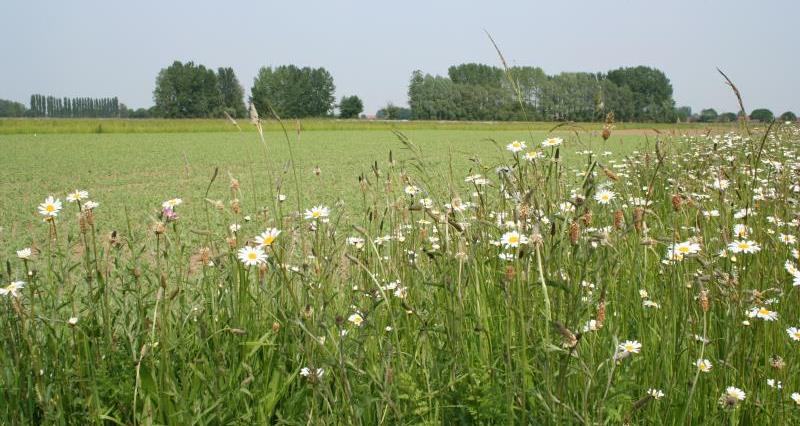Yet this new evidence, published in May, has failed to grab the interest of the press, who still prefer to talk about bees as though they are on the edge of apocalyptic declines, writes NFU horticultural adviser Dr Chris Hartfield.
The international group of bee experts from Europe and the US (including top UK researchers from Reading and Leeds Universities, from Butterfly Conservation and the Natural History Museum) found evidence of dramatic reductions in the diversity of pollinator and wild plant species in Britain, Belgium and the Netherlands between the 1950s and 1980s.
But this concerning situation changed markedly after 1990, with a slowdown in local and national biodiversity losses among bees, hoverflies and wild plants over the last 20 years.
The study shows that:
- In Britain and other European countries the dramatic declines in biodiversity happened between the 1950s and 1980s
- In Britain, declines in bumble bee biodiversity have slowed since 1990, but even more encouragingly the biodiversity of other wild bees (the solitary bees that make up around 90% of our bee species) has increased significantly in recent decades
- Declines in plant species richness in Britain have stopped since 1990, and even shown some partial recovery.
While biodiversity in Britain will continue to bear the marks of past declines for a long time, it is clear that this biodiversity loss has slowed or even been reversed in recent decades for many bees and wildflowers.
Reassuringly the study also shows that we still retain a diverse mix of species, including considerable numbers of specialist and rare insects and plants.
The researchers suggest that the slowing of losses and recoveries have happened since 1990 because of conservation work and the agri-environmental management done by farmers and growers to encourage biodiversity.
This study makes us raise a critical question about what exactly we are trying to achieve when helping our insect pollinators. Beyond the cries of ‘save the bees’, there are no clear collective aims. What exactly is it we want to protect? The common species that are actually doing ok or the rare species that are not doing well? And then what level of action do we want? Do we focus on slowing and halting declines? Or do we want to increase population levels? And if we do – do we want to increase population levels to what they were in 1970? Or to what they were in 1950?
Clearly we live in a very different world now compared to that in the 50s or 70s, a world with very different challenges and problems and in which we have very different demands and expectations as consumers. Hopefully, the government’s review of policy and evidence on pollinators, and the resulting national pollinator strategy, will provide some clear answers about exactly what it is we are all trying to achieve.
There are still pollinating insects whose populations are not faring so well, and there are more opportunities for agri-environmental management to provide the habitat and food resources bees and other pollinators need. But this new research challenges the widespread perception that public investment in conservation has been unsuccessful in tackling biodiversity loss.
Professor Bill Kunin, Professor of Ecology at the University of Leeds, said: “Most observers have been saying that the 1992 Rio Earth Summit targets to slow biodiversity loss by 2010 failed, but what we are seeing is a significant slowing or reversal of the declines for wild plants and their insect pollinators.”
This very good news you would think – a really positive message for conservation, for bees and other pollinators and the wild plants they depend on. We should all encouraged by the fact that here is evidence showing that out there in the real world the declines we are all so desperately concerned about have actually slowed significantly or even reversed in the last couple of decades. Yet this study has been little reported. Maybe it has just slipped under the radar? Maybe it has been ignored because it doesn’t fit the mould for doom and gloom stories about harm to bees?
As well as having a clear and common understanding of what we are all trying to achieve when we say we want to help the bees, this study also makes it crystal clear that whatever action we take to tackle the challenges facing our pollinators, for it to be effective it must be built on a sound understanding of the all the evidence, and not just the slice that attracts the headlines.
